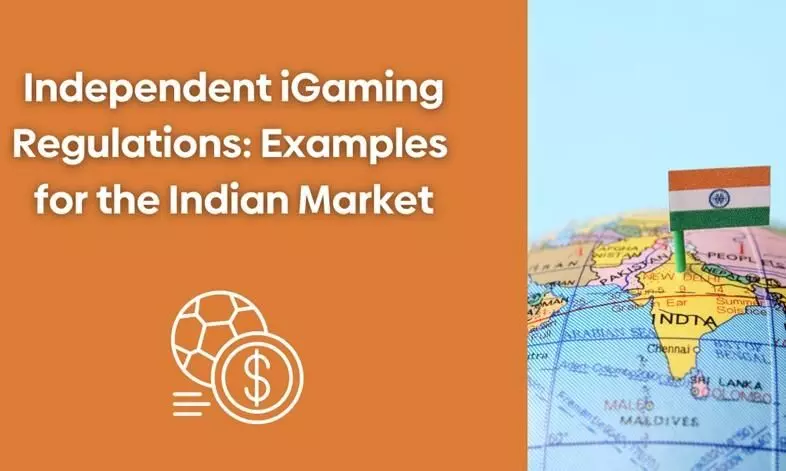The growing iGaming sector experiences different regulations around the world. These regulations impact each entity in the iGaming market – operators, affiliates, and players. In this article, we’ll analyze the regulatory mechanisms of playing at standalone online casinos like and also compare them to the Indian iGaming Market.
The Indian iGaming regulatory landscape is defined by a complex mix of historical laws, technological advancements, and cultural considerations. The Public Gambling Act of 1867, India’s cornerstone for regulating the iGaming market, represents colonial-era legislation; however, it does not explicitly include provisions for online gaming. A pivotal legislation created to regulate online activities is the Information Technology Act of 2000, which is the centre of discussions about the legality of transactions in the iGaming Industry.
Although it does not introduce any ideas on implementing responsible gambling tools for Indian bettors, it is still a good basis for further discussion in this direction. In 2008, the government accepted the Sikkim Online Gaming Act, which was narrower in its effect and created uneven national regulations. Operators face uncertainty with these laws as they lack a comprehensive regulatory framework, which also hinders players’ investments.
India’s iGaming sector. Despite all these challenges, there is an exponential growth of iGaming recognition as one of the factors for economic benefits. In its 276 report, The Law Commission of India mentioned the need for legalization and regulated betting.
Public discourse on this matter is still evolving, and stakeholders are trying to actively engage in shaping a more inclusive regulatory environment. Gaming industry covers many countries. Each country has its .
Now, let’s examine each in more detail. For the iGaming Market, Europe provides a very diverse regulatory landscape, from adherence to governing licensing to consumer protection and taxation. Each EU country, though, has the authority to shape its regulations separately.
If we take the UK as an example, both by the laws and the regulations set by the UKGC – the UK Gambling Commission, considered one of the world’s largest markets. Understanding and using these rules are crucial steps for Europe iGaming dynamic market success. Many Latin American countries have not only embraced but also allowed operators to procure licenses in this region.
These regulations offer operators and players security and consumer protection. However, the formulation of that regulation is not yet finished. Asia implements strict control for iGaming providers.
China specifically considers the iGaming market as a threat to social order. In mainland territories, operations of this sector are strictly forbidden. However, within the jurisdictional borders of China’s separate administrative unit, Macau iGaming activities are supported and accommodated.
In 2019, Macau authorities outlawed proxy betting, which intensified iGaming market activities. South Korea, however, allows only a limited number of iGaming Market types: cycling, horse racing, and lottery. They restricted the iGaming market only to isolated establishments and only for foreigners.
Japan is now trying to integrate resorts into the iGaming industry. However, there are various restrictions, such as limited floor space, heavy taxation, and prohibitions for Japanese citizens. This prolonged and hard process, though, fuels uncertainty concerning its fate.
The conservative government is concerned over these regulations and the addiction that it may bring. That’s why these factors create difficulties for the iGaming industry to penetrate the region. Key stakeholders, as operators and affiliates, should navigate these diverse regulations.
Now let’s examine another layer of these global regulations: let’s examine iGaming regulations in India. To sum everything up, let’s and the accompanying iGaming market to the rest of the world. Firstly, unlike many Latin American countries that have well-defined frameworks, India grapples with laws that do not explicitly deal with challenges posed by the iGaming Industry.
In the UK and Sweden, regulatory bodies oversee the iGaming industry activities and set strict licensing standards, player protection, and advertisement. India, in contrast, provides a fragmented regulatory approach like Sikkim that is localized and not nationwide, which lacks cohesive strategies and leaves operators and stakeholders uncertain. Germany’s State Treaty and the Netherlands’ Remote Gambling Acts show a willingness to adapt to the fast-changing iGaming sector, while India’s regulations lag behind, caught between outdated laws and the urge for a modernized uniform regulation.
.
From: assamtribune
URL: https://assamtribune.com/business/independent-igaming-regulations-examples-for-the-indian-market-1508456
